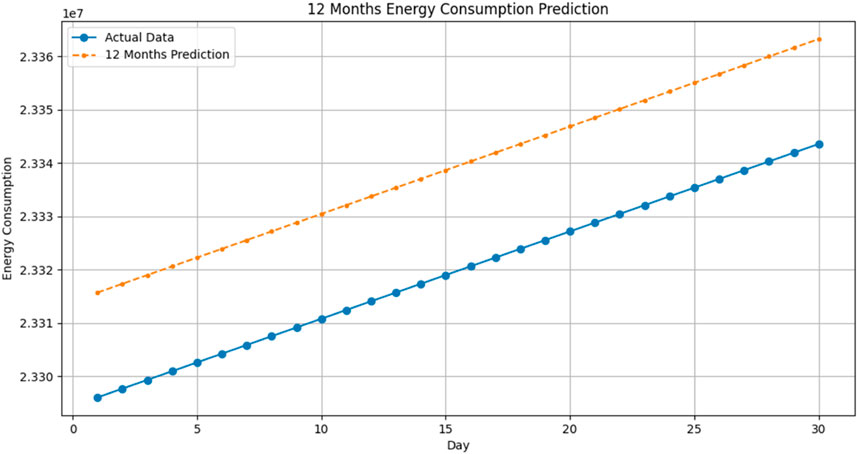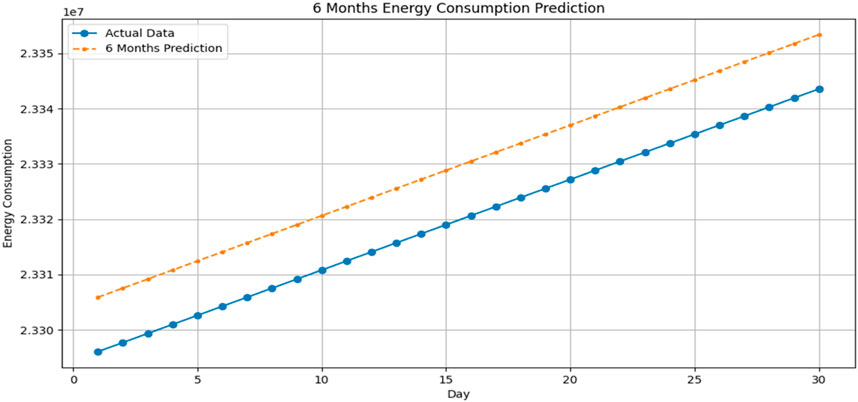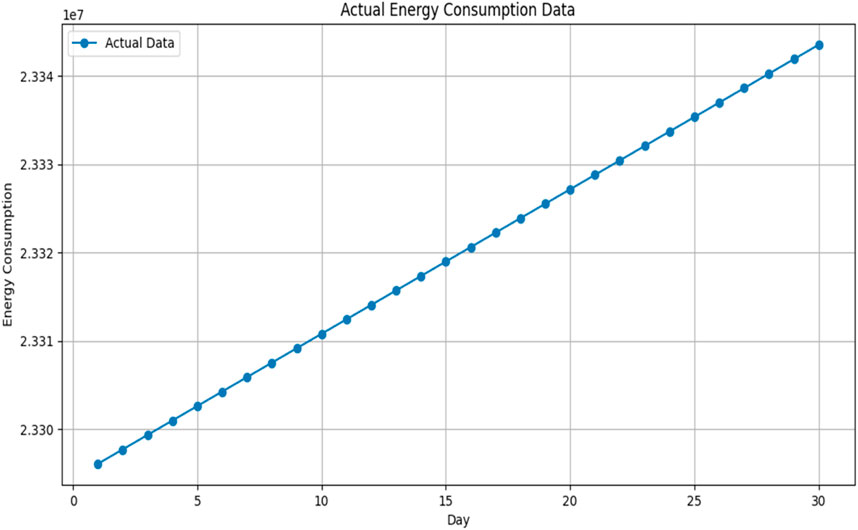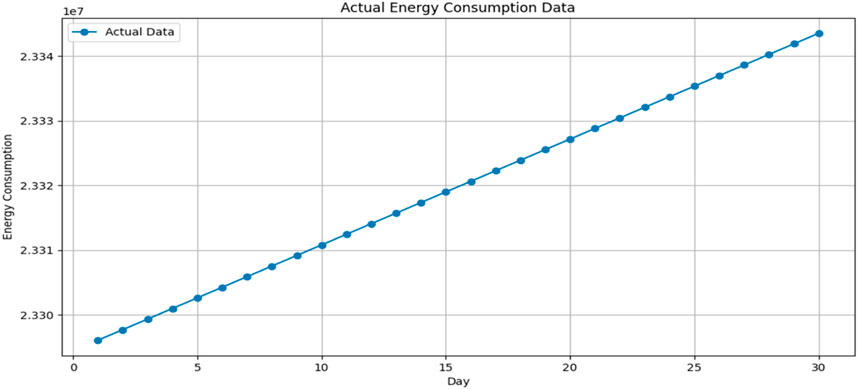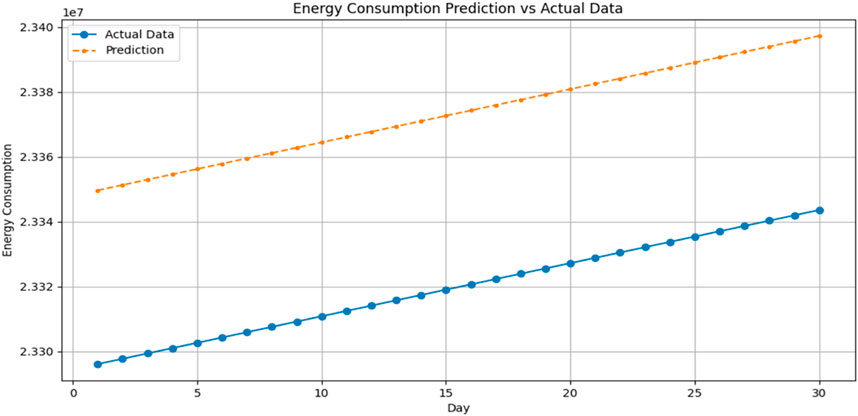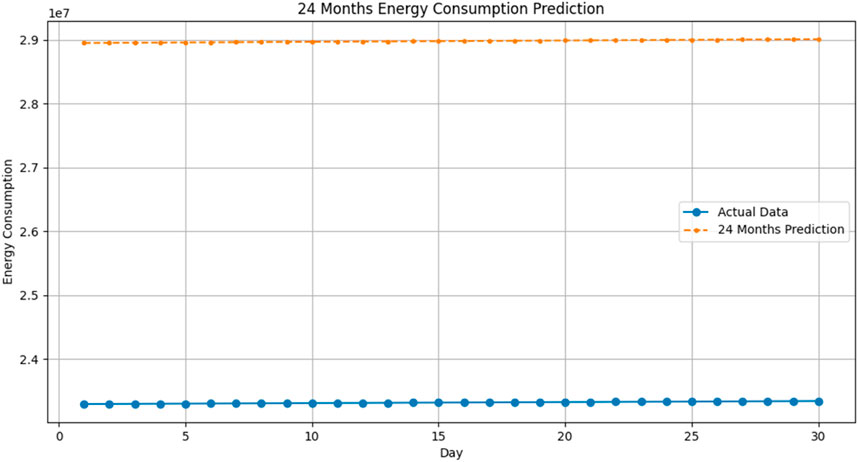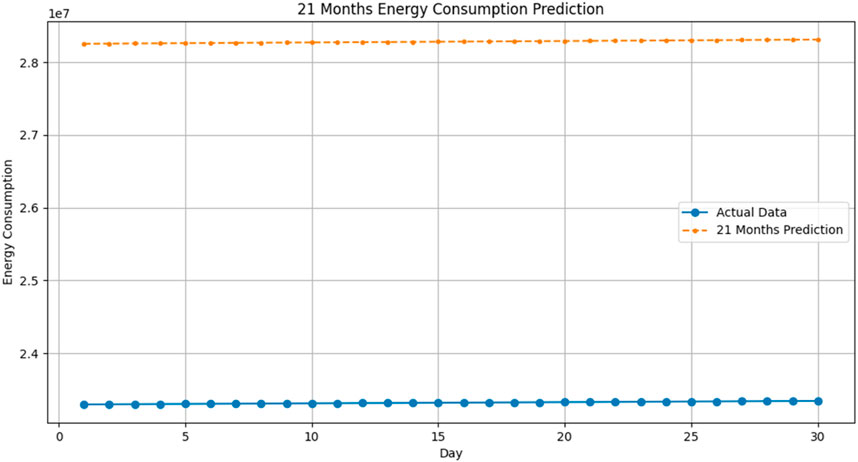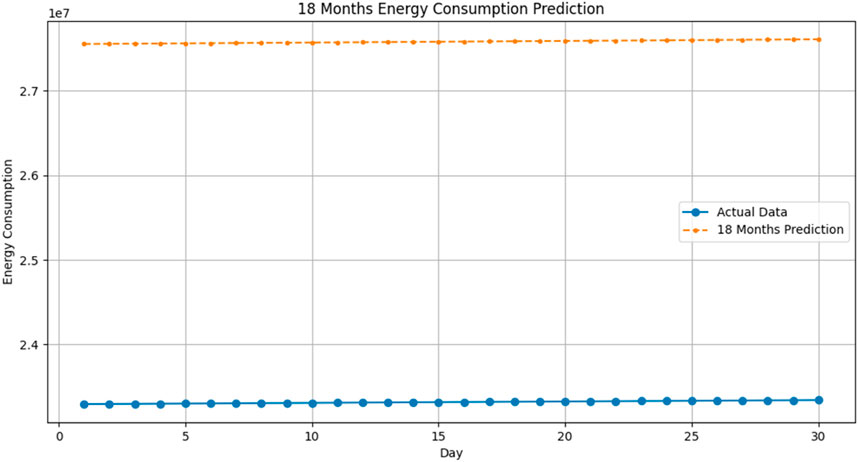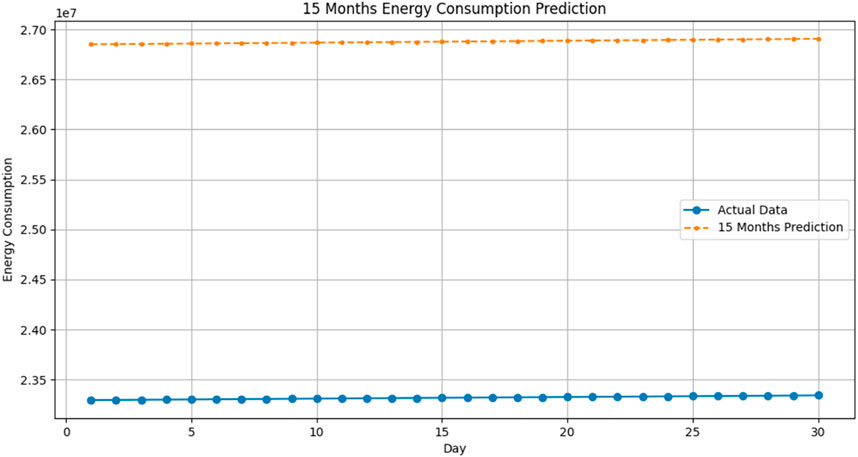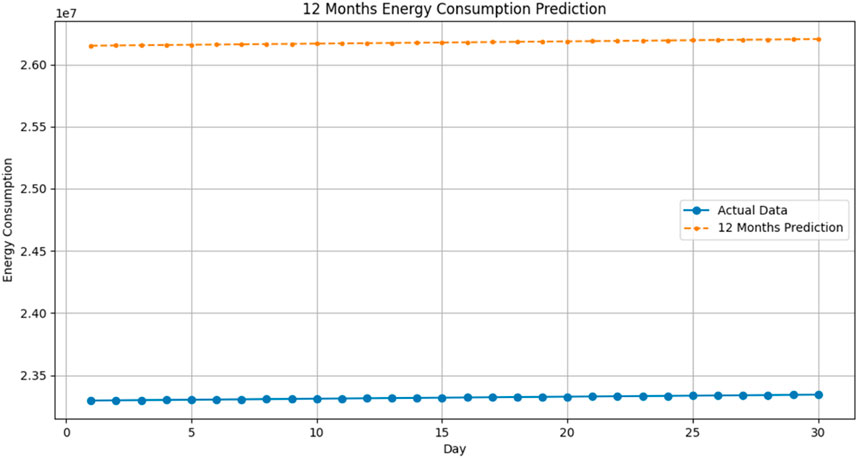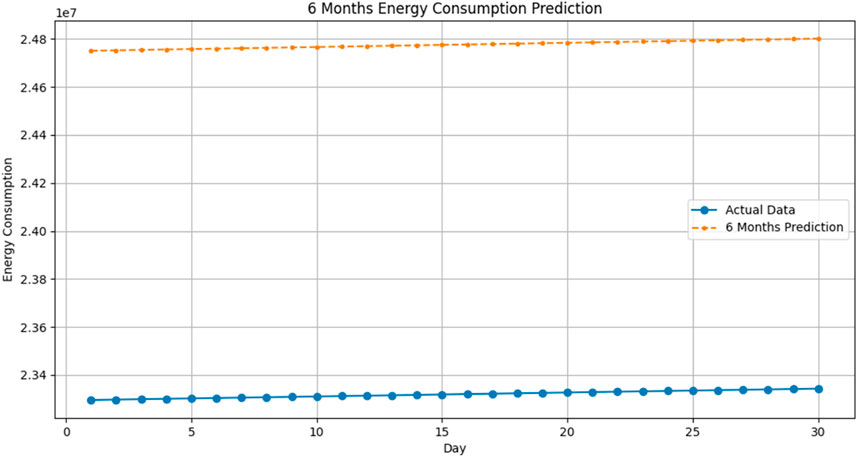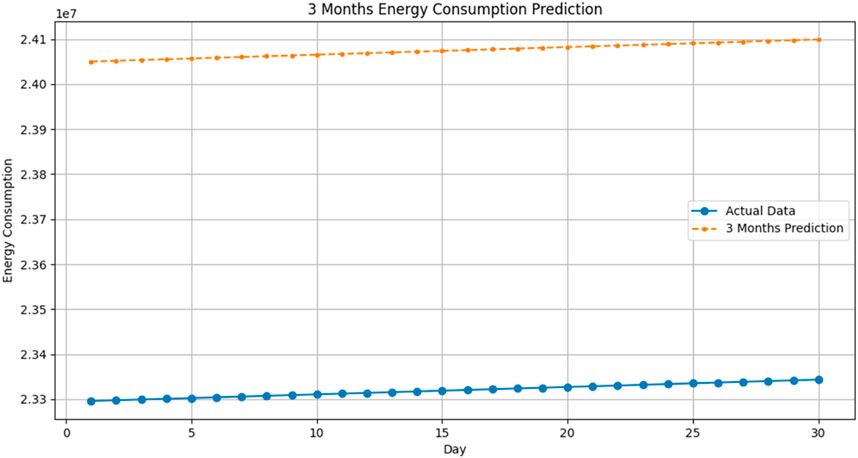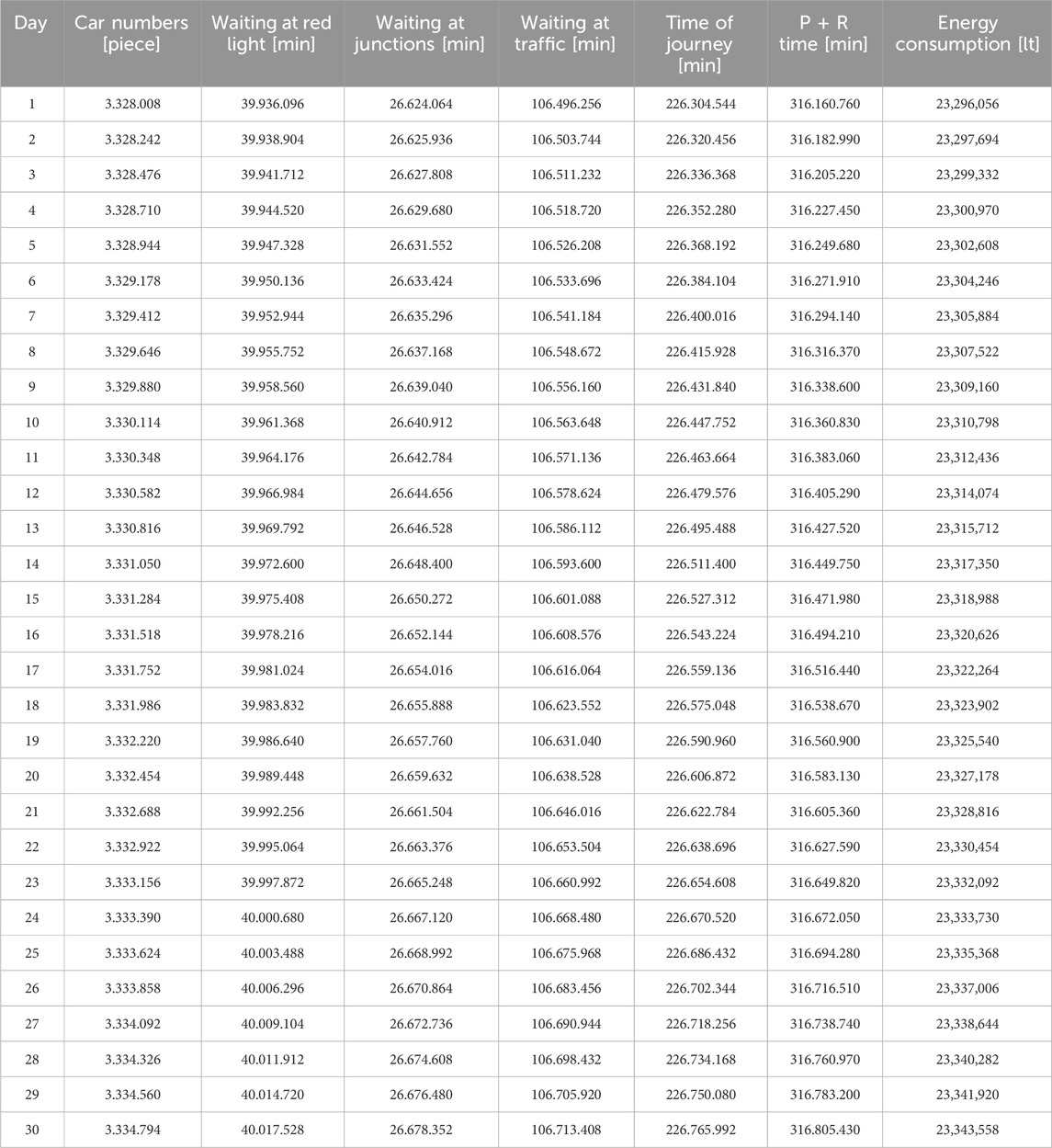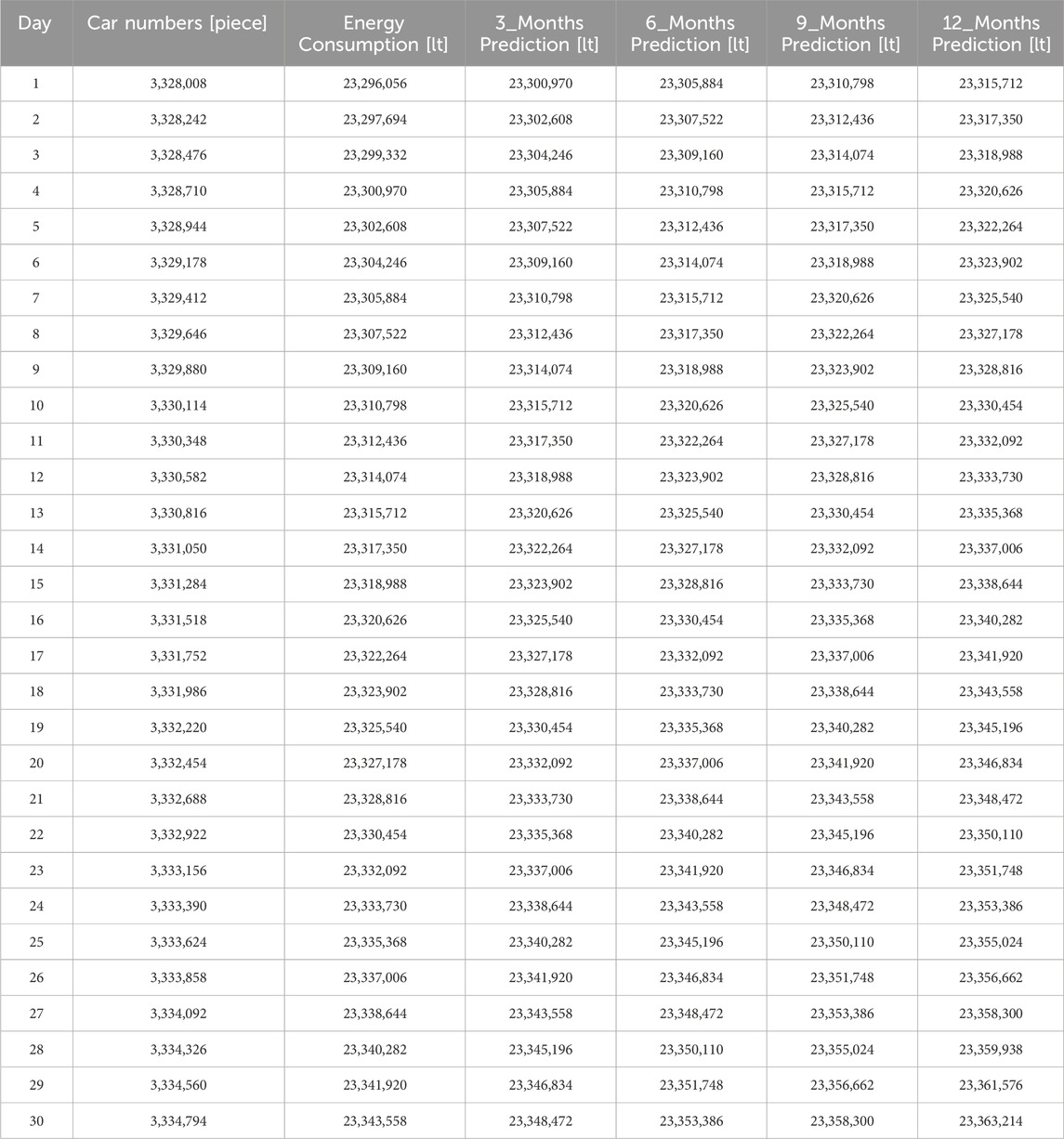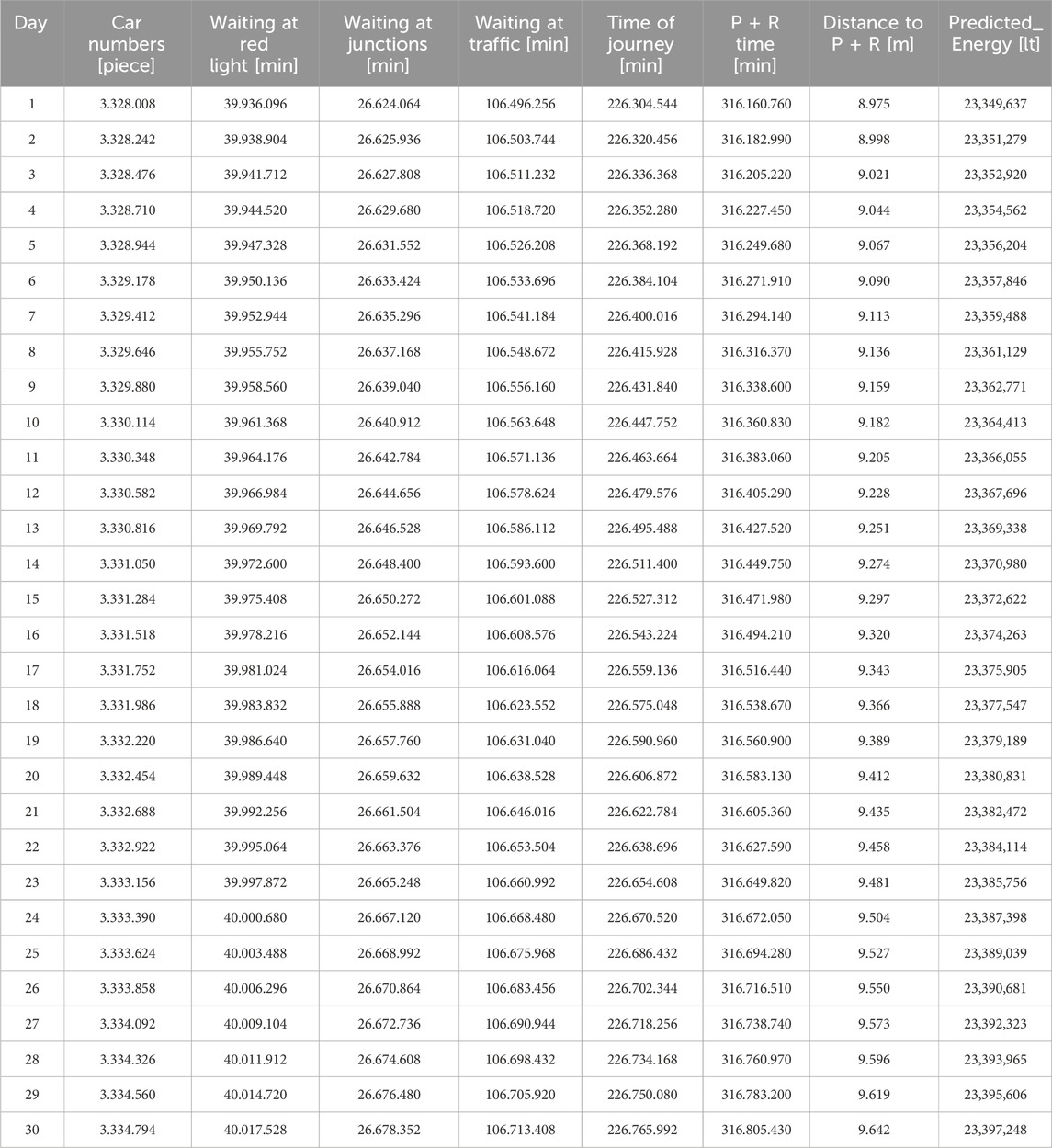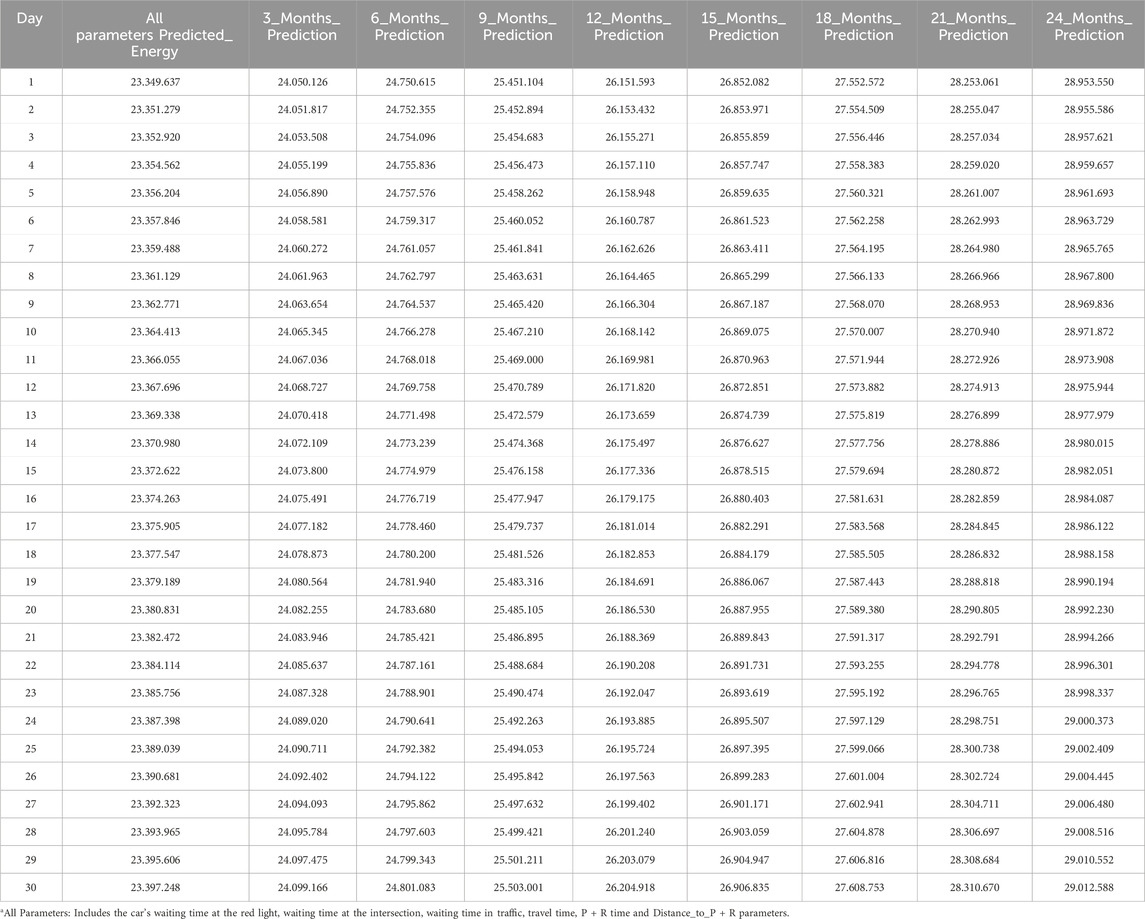- Bandırma Onyedi Eylül University, Distance Education Application and Research Center, Balıkesir, Türkiye
Due to the rapidly developing technologies, fast and practical solutions are offered to the problems encountered in daily life. Metropolitan cities are greatly affected by the ever-increasing population and migrations to big cities, the increase in production with the economy and job opportunities. At this point, with the introduction of smart transportation systems, fast and effortless solutions can be produced by saving time and space. City life can be facilitated by applying more efficient and rational solutions with smart transportation systems. In this study, it is aimed to investigate information about the Intelligent Transportation Systems and one of its applications, park and ride, which has created a significant agenda within the scope of transportation engineering in the recent past, and to provide information about the investments made by examining the application for Istanbul along with its various applications in the world. Some suggestions will be made by emphasizing the importance of the park and Ride smart city application for Istanbul. In conclusion, predictions of P + R application and energy consumption in periods of 1–24 months were made through machine learning. By obtaining energy consumption data thanks to machine learning, carbon gas emissions and its effects on greenhouse gases were also examined. It can be thought that by obtaining energy consumption data for the long term thanks to machine learning, it can make significant contributions to future investments, green environment-green world, and climate change studies.
1 Introduction
Migration to metropolises and rapid population growth, lack of infrastructure and the increasing number of vehicles on the road and rapid consumption in proportion to the increase in people’s income levels; It brought along problems such as transportation problems, traffic congestion and increased carbon emissions. In Istanbul, which is a cosmopolitan city, it emerges as a priority solution area to encourage the public transportation sector in cities where the demand for the road exceeds the capacity, travel times are prolonged, delays to the desired destination are experienced, and it is difficult to find a parking space.
There is a need for smart transportation applications that work in an integrated way that combines more than one type of transportation in order to prevent traffic density, parking space, accumulation and loss of time. At this point, with the use of the “Park and Ride” application in Istanbul, which is a metropolitan and crowded city, people can park their vehicles far from the center and continue with public transport, thus saving energy and fuel in the shortest possible way without wasting time to their destination. With the use of the park and ride smart city application and prefer public transportation instead of individual vehicles, it becomes possible to reduce the confusion and the traffic. In addition, it is necessary to encourage public transportation and facilitate access to public transportation through practices such as the park-and-ride application. With the increase in access to public transportation, smart city applications such as park-and-ride will become more functional.
In this study, firstly reviewed the existing literature on P + R systems, exploring their effectiveness in different contexts and their advantages in reducing traffic congestion and environmental impacts. Then, examined the P + R system implemented in Istanbul and discussed its conceptual definition, structure and classification with examples from around the world. It is analyzed the effectiveness of the P + R system in Istanbul as a smart city application. Then covered planning and design considerations of P + R facilities, including accessibility, safety, and integration with other modes of transportation. It is used Istanbul as a case study to demonstrate the implementation and benefits of P + R systems in a major metropolis. Finally, it is examined the application of machine learning in predicting energy consumption due to P + R usage. Data on factors such as wait times, travel times, and P + R usage patterns are analyzed to estimate potential energy savings from implementing P + R systems. In conclusion, it is showed that P + R systems and machine learning can play an important role in improving urban transport efficiency and reducing environmental impact. Future research should focus on evaluating the effectiveness of P + R systems in different cities and developing policies to encourage the adoption of these systems.
2 Literature review
The P + R application can be expressed as a temporary parking lot along public transportation roads in rural areas in the United States (Noel, 1988). According to the study of Spillar in the literature; Thanks to the Park and Go system, which includes more than one type of transportation integrated with each other, an alternative mode of transportation is provided to people who use individual vehicles by directing them to public transportation (Spillar, 1997).
Population density is increasing day by day with the increase of alternatives and developments in the hope of finding a job in İstanbul. The concept of parking in Istanbul has started to become a problem. In Istanbul, 49% of the traffic is composed of reasons such as searching for a parking space or stopping for parking (Güngör, 2017).
Park-and-ride car parks, which encourage public transportation from private vehicles used individually in İstanbul, are a highly used solution on the metrobus line. In addition, as a result of considering and projecting the park-and-ride facilities, which are built synchronously with public transportation systems, they can contribute to the minimization of traffic problems in the city center and to the regular progress of public transportation (Yalınız and ve Bilgiç, 2007; Gurbetci et al., 2014). A study was conducted on the returns of regular public transport services in addition to stable and encouraging pricing policies in park-and-ride facilities (William et al., 2001). Gurbetçi et al. conducted a study on the benefits of P + R application such as reducing carbon dioxide emissions, less waiting times, saving time and less stressful travel (Gurbetci et al., 2007). The fact that the park-and-ride applications are based on the rail system is due to the fact that it is quickly accessible and the transportation is more practical, as can be seen in the example of the cities of Toronto, Hamburg and London (Weiss and Habib, 2017).
The presence of free shuttle services from the parking area to the stations of the rail systems in some P + R applications city of Malta in Floriana, also makes the P + R system attractive (Anonymous, 2019). However, in the UK, lighter rail systems work in integration with P + R systems, due to the fact that access to the center is made by bus in historical cities. In addition, there are partially P + R areas in Australia. The main reason why rail systems are preferred in the park-and-ride system is that they go underground and do not cause traffic (Mills and White, 2018). In achieving optimum efficiency in the planning of park-and-ride areas, the location of the facility is proportional to its economic evaluation and that can meet the needs of the society (Du and Wang, 2014). Bagloee et al. studied park-and-ride systems on optimum parking capacity and economy (Bagloee et al., 2012). Hendricks et al. also conducted a study to accurately predict real-time demand by observing user behavior in park-and-ride areas (Hendricks and Outwater, 1998; Hamer, 2010). Duncan et al. conducted research on the importance of cost-effectiveness and integration of park-and-ride systems with other vehicles (Duncan and Cook, 2014). In another study, Önder et al. made a modeling on routing to park-and-go systems in seven different selected regions and the fee for vehicle entrances; they found that the tendency to public transportation increased and there was a 23% decrease in using passenger cars (Önder and ve Kaplan, 2017).
According to Şimşek, in order to encourage park and ride areas in city centers and to make it economical; It would be beneficial to make useful arrangements, make public transport more attractive and promote P + R systems (Şimşek, 2014). According to another study by Baohong, 26% of drivers in Nanjing city in China do not prefer the P + R system due to the inadequacy of transfer services, uncomfortable transportation vehicles and the lack of suitable P + R areas (Baohong et al., 2012). The most inquire about objective of the article is to recognize partners impacting the economical improvement of energy-efficient e-scooter sharing frameworks based on Clean cities and allot them to diverse bunches. The cooperation of organizations taking part within the execution of bike sharing administrations can contribute to more prominent economical advancement and security by utilizing modern modes of versatility that expend less vitality and at the same time make the city vitality productive (Macioszek et al., 2023, Macioszek and Granà, 2022, Macioszek and Kurek, 2020).
3 Materials and methods
Linear regression may be a factual learning strategy utilized to show the direct relationship between two or more factors. This strategy clarifies a subordinate variable (more often than not the variable we need to predict) by a combination of autonomous factors (more often than not factors thought to impact the subordinate variable).
In this study, the conceptual definition, structure, classification and some examples from around the world of park and ride facilities are given. Various informations are given about the park and ride system applied in İstanbul which is a metropolitan city, and researches have been made about the importance of the park and ride facilities in İstanbul, and the operability of the P + R system as a smart city application.
3.1 Intelligent transportation systems and their benefits
The use of technologies created by utilizing technological developments in different areas for a high-performance, safe and efficient sustainable transportation system emerging in international road transportation is expressed as Intelligent Transportation Systems. In addition, smart transportation systems can be defined as the organization of operation and management of infrastructure and superstructure on highways by using information and communication technologies. Owing to smart transportation systems, it is possible to increase road safety, ensure a regular traffic flow, systematically manage traffic and infrastructures, and thus have a higher utilization rate compared to airline and railway (KGM, 2013).
With smart transportation systems applications, economic solutions are provided, parking search times are minimized and waiting and crowding can be prevented. It is effective in directing drivers quickly and effectively owing to intelligent transportation systems, ensuring a regular traffic flow without violating traffic rules, and guiding them to P + R areas in a practical way whose signboard shows in (Figure 1). In addition, it reduces the potential for accidents and can be effective in directing the safety and health units in the fastest and most accurate way in case of an accident, monitoring the vehicles carrying heavy and dangerous goods, and providing directives quickly and accurately in case of an emergency. Apart from these, new business opportunities can arise and revive the business sector thanks to the investment of innovative smart application systems.
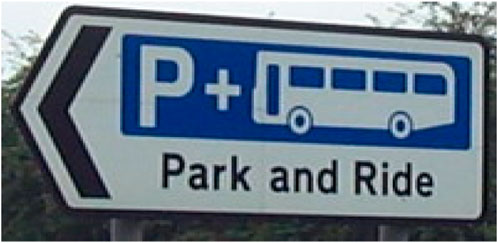
Figure 1. Table of P + R (Arkitera, 2022).
3.2 Systemic structure of Parking Systems before change
In İstanbul which is a metropolitan city, it is important to have smart city applications in the face of congestion and increasing population. In spite of this, it indicates the distance of parks areas from the corporate architecture because of there are non-intelligent systems such as weak system structure for any corporate project, scattered data, occupation of similar business lines in different databases, adequate technical infrastructure on a daily basis and inability to receive instant data flow.
The complex structure of camera, barrier and handheld terminal systems is shown in Figure 2. Because the data obtained from the field is stored locally and cannot be reported practically when requested, directing people towards different solutions. At this point, authorities has put into use applications in terms of smart transportation systems in Istanbul. By choosing information technology solutions for Istanbul card application, it has transformed from the classical corporate tradition into a brand new modern corporate identity equipped with technology. A forward-looking infrastructure has been created with applications such as big data and data mining for merging databases, and the equipment used in the field has been equipped with NFC-enabled systems, and the basis for the creation of the necessary infrastructure for the implementation of the Istanbul card has been prepared. Innovative solutions and technological developments have been provided with central management and data storage cloud technologies (İ.B.B. Faaliyet Raporu, 2015).
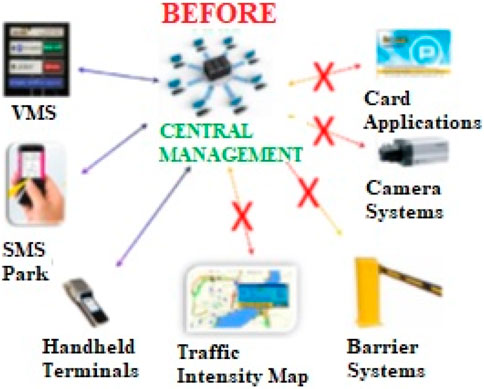
Figure 2. Pre-change system structure of parking systems (Macioszek and Granà, 2022).
4 P + R systems and the sample of İstanbul city
4.1 P + R facilities planning
Park-and-ride areas are based on parking individual vehicles and then switching to public transport and ending the journey. The rest of the journey can be carried out by ferry and air vehicles, as well as by metro, tram or buses from public transportation vehicles. Park-and-ride facilities can be classified under two main headings according to their functions and distance from the destination (Özdemir, 2006).
Accessibility means that all facilities in the city are open and accessible without interruption. On the other hand, access from the surrounding areas can also be described as accessibility between different types of transportation and for people with disabilities (Kuntay, 1990).
The security issue for park and ride can arise from physical and psychological needs, as well as to protect against physical attacks and theft. Developing solutions for security in the design of P + R facilities and positioning them accordingly can also be beneficial in terms of encouraging the facilities. In some countries, even the presence of official security officers was considered (Saraçoğlu, 2012).
It can be said that during the design and integration phase of P + R facilities, access to the facility with multiple alternatives and giving the necessary importance to pedestrian circulation may lead to a reduction in costs, low risks and low operating costs. Constructing high-rise buildings nearby together with park-and-ride facilities can increase the sense of security. This creates a sense that the facility is safer and has increased traceability, and adjacent areas and commercial activities can also increase the potential to attract more customers. Aesthetic designs that arise visibility can increase orientation and incentives for park-and-ride facilities. The fact that the facility can be an alternative to all accessible vehicles, giving importance to pedestrians and bicycles, can be conducive to the use of the facility with multiple modes of transportation. Rising accessibility can increase in direct proportion to the centralization of transportation services. Ways to increase that involves prioritizing bicycle and pedestrian access in and around the P + R facility and locating the P + R facility in the center of the development area (Bos, 2004).
In order for the park-and-ride facilities to operate efficiently and intensively, they must be designed in such a way that all design components such as pedestrians, bicycles and cars can easily, comfortably and safely transfer from the vehicles they use to public transportation systems.
4.2 Park and ride areas
P + R areas can be named as transfer areas from motor vehicles used individually to public transportation (AASHTO, 2004). İstanbul Metropolitan Municipality operates a system that is preferred by approximately 3.5 million İstanbul residents annually, considering to expand it and foresees public transportation, with its park-and-ride car parks with fourteen thousand vehicles capacity at approximately forty-four points in İstanbul. Thus, the intensity of traffic is reduced to a certain extent thanks to the park-and-ride facilities. Approximately three and a half million people in İstanbul continue their journeys by parking their cars in the park and ride car parks such as Söğütlüçeşme Park and Ride in Figure 3, after a short walking distance, by being transferred to alternative public transportations such as metro, tramway, marmaray, ferry or bus, and they can reach their desired destination on time, effortlessly and economically. With the park-and-ride application, it is estimated that approximately thirty-five thousand kilometers of vehicle convoys are withdrawn from the traffic every day. For example, the person who parks his vehicle in Kadıköy Ayrılıkçeşme car park can reach Yenikapı via Marmaray, to the airport via Aksaray Metro, or to Beylikdüzü as an alternative, via Metrobus, without any traffic stress. In addition to this, some incentive applications such as free ring service and discounts can also be directed to park-and-ride systems.
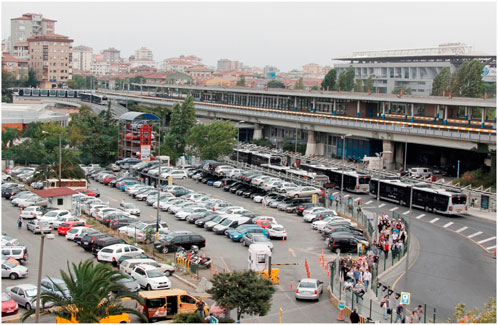
Figure 3. Söğütlüçeşme Park and Ride (ISPARK, 2022c).
The park-and-ride car park at Ünalan stop, which is a very important transfer center in İstanbul, is shown in Figure 4. Owing to this P + R area, they can contribute to the reduction of traffic jam. Authorities whom has the park and continue with the metro project, is located on the Üsküdar-Ümraniye Metro line and started with the Haldun Alagaş Multi-Storey Car Park for the first time in Turkey, and Ümraniye Multi-Storey Central Open Car Park, Bağlarbaşı Multi-Storey Car Park, Altunizade Outdoor Car Park, Marmara Theology Car Park serves drivers with Üsküdar Municipality Multi-Storey Car Parks. In addition to these, Figure 5 was also shown abroad at the Amsterdam Park and Ride. Drivers who park their vehicles in car parks with a capacity of approximately 2,500 vehicles on this line can make the journey between Ümraniye and Üsküdar in a short time of 15 minutes without getting busy. In addition, they can continue their journey to Yenikapı route by using Marmaray or from Kadıköy to Kartal route by metro transfer center (ISPARK, 2022b).
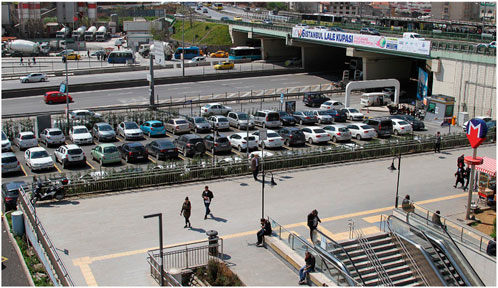
Figure 4. Ünalan Metro Park and Ride (ISPARK, 2022a).
Figure 6 shows the elements of the park-and-ride system operating in İstanbul. Here, it is seen that the individual vehicle can continue its journey with different alternatives after being parked in the park-and-ride car park and benefit from this system in a comfortable, safe and economical way. Additionally, graphs containing energy consumption predictions are shown in Figures 7–21.
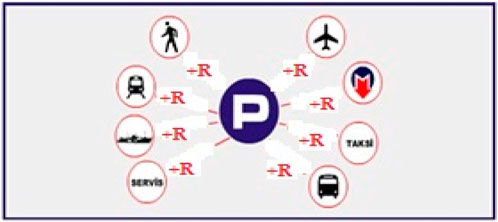
Figure 6. P + R System Elements (Arkitera, 2022).
4.3 Informal park and ride areas
Informal P + R area is the type of parking where users always leave their vehicles on the side of the road. This inappropriate park-and-ride mode of parking demonstrates the need for a safer and more organized facility for customers.
4.4 Opportunistic or shared areas
Opportunistic or shared areas; It can be defined as sharing the facility with other attractions such as private activity centers, cinemas, shopping centers or religious facilities. The park-and-ride activity may be a secondary use of the attraction, depending on the required direction and opportunity provided. Shared areas can be built at a lower cost proportionally and it may be possible to develop them in the future.
4.5 Shared car meeting points
Shared car meeting points are the parking spaces that individuals use as a transfer point before they agree to travel with a single vehicle, by paying the necessary expenses for the journey. Comparative travel may be a transportation elective based on the rule of individuals with comparative travel routes traveling together in a single vehicle, instead of utilizing person vehicles. In this way, activity blockage and discuss contamination are decreased, and travelers spare cash by sharing travel costs.
In meet-and-greet ride administrations, assembly focuses are assigned areas where clients come together, arrange their travel plans, and meet some time recently beginning their travel. These focuses can regularly be stopping parcels, tram stations, transport stops or other open ranges. Meeting points are basic to the operation of the travel administrations to be experienced. These hotspots permit clients to put through with each other and arrange travel plans. It too permits travelers to securely meet drivers and start the travel.
4.6 Rural P + R areas
Rural park-and-ride areas, as the name suggests, are traditional parking spaces typically located at the outer edges of urban area boundaries. Rural park-and-ride car parks are generally defined as car parks between 6 and 50 km from business centers that allow switching between different modes of transport. The main function of these areas is to collect potential public transport passengers as close to their homes as possible, and to provide direct access to the destination without stopping until the destination.
4.7 Public transport centers
A transit hub is often thought of as a place with only local and express service transfers. The fact that these centers provide park-and-ride facility services is often overlooked. In fact, public transport hubs play a vital role in the park-and-ride network. Public transport P + R facilities are built to places with higher transfer demand than rural park-and-ride facilities. They often provide travelers with a much higher degree of travel service, route options, and destination alternatives than can be found at the next.
4.8 Satellite parking facilities
Satellite parking areas are located at the edge of an event center as an alternative to roadside parking and to provide a proportionally cheaper alternative to reduce congestion within the event center itself.
4.9 Long-distance park areas
Long-distance parking lots are similar to rural park-and-ride facilities and offer convenient transfer facilities. Typically, however, these areas are located further away from the destination and serve as a secondary service to the center located within the city area.
4.10 Local city park and ride facilities
Local city parking facilities are areas that fills the gap between the metropolitan area and the inner-city market. They are located between 2 and 7 km from the activity center and are often informal, shared or opportunistic parking areas.
4.11 Environmental P + R areas
Environmental P + R areas are facilities established at the edge or outer of a business area to provide additional parking spaces. The main purpose of environmental parking areas is to catch travelers before the city center, to enable them to take their vehicles to areas where parking costs are low or there is sufficient space.
5 Results and discussions
5.1 Machine learning and energy modelling
When EPDK data is examined, the impact of the COVID-19 pandemic is seen on the consumption values of petroleum products in April and May 2020. Consumption of petroleum products, which increased by 5.2% in the first quarter of 2020 compared to the average of the first quarter of 2017–2019, decreased by 27% in April and 27.3% in May. In June 2020, the 2-month negative growth turned positive and an increase of 2.6% was observed compared to the 2017–2019 averages. While the consumption of petroleum products in 2017–2019 was 2,353,444-tons for April, this amount was 1,717,105-tons in 2020, and while the average for May 2017–2019 was 2,510,319-tons, it was 1,825,667-tons in May 2020 has been realised. In June, the consumption amount of 2020 again exceeded the average of 2017–2019. While the average consumption of petroleum products in 2017–2019 was 2,417,293-tons for June, this amount became 2,480,680-tons in 2020. When import amounts are examined, a decrease of over 40% is seen in April and May. When the January-March period of 2020 is compared with the average of the same period of 2017–2019, a decrease of 29.4% is observed, while a decrease of 48.1% was observed in April and 41.4% in May. As EPDK data confirms, there was a serious decrease in fuel consumption in April and May as a result of the measures taken to prevent the spread of the COVID-19 pandemic. Within the framework of the normalization steps that started in June, consumption and imports appear to have increased to their levels in previous years. However, the fuel distribution sector suffered serious revenue losses as both individual and industrial usage dropped very sharply in April and May. If the mentioned declines are repeated or continue, it is considered that workforce losses and forced handovers may come to the fore in parallel with the loss of income in the dealer network. Considering the current global trend, it is thought that the impact of the pandemic on oil demand poses a risk not only for 2020 in general but also for 2021. Energy Consumption data is shown in Table 1.
According to Table 1, the energy consumption values of a car depending on the waiting time at the red light, waiting time at the junctions, waiting time in traffic, travel time and P + R times are presented in the table in unit of liters. Accordingly, the consumption data of 3,328,008 vehicles in Istanbul that can perform P + R and the energy consumption data created according to the ever-increasing number of vehicles are seen in table 1, created by machine learning.
After machine learning, energy consumption data for 3-6-9-12 month periods are estimated in Table 2. Additionally, the resulting data was visualized and made more detailed.
Here is some of the coding:

The values of energy consumption data obtained after machine learning in 3-6-9-12 month periods are shown in Table 2 together with the number of cars. The first day in the day column represents the first day of the month. Energy consumption data starting from the first day of the month until the thirtieth day are presented in Table 2.
As a result of the 3-6-9-12 months energy consumption data obtained by machine learning, it can be seen that the energy consumption values increase with the change of time period from each other. The data received can provide significantly effective solutions in future actions and planning, investments and growth, and forward-looking transactions.
The ‘Distance to P + R′ parameter is an important parameter in terms of its effect on energy consumption data. Because as the distance to the P + R area increases, consumption data increases and its effect on the table can be observed with changes. The results and changes when the ‘Distance to P + R′ parameter is added to the variable parameters are shown in Table 3.
It can be seen in Table 4 that as a result of 3-6-9-12 months energy consumption data obtained by machine learning, the energy consumption values increase with the change of time period. Here, by adding the distance to P + R parameter, the results of energy consumption data can be obtained as different energy consumption data. Energy consumption data estimates for long-term investments between 12 and 24 months are also obtained in Table 4.
Energy consumption values of the car depending on the waiting time at the red light, waiting time at the intersection, waiting time in traffic, travel time, P + R time, Distance to P + R times are visualized in figures in unit of liters. Accordingly, the consumption data of 3,328,008 vehicles in Istanbul that can perform P + R and the energy consumption data created according to the ever-increasing number of vehicles, figures created by machine learning, are detailed below.
6 Conclusion
The emergence of a new global world order in the light of gradually developing technologies can be expressed as an indication that the development of metropolitan and densely populated cities and the progress in the transportation sector are in the hands of Intelligent Transportation Systems.
Within the scope of Turkey’s 15-year transportation vision and planning, it is aimed to meet the commercial, economic and social needs of air, land, sea transportation and infrastructure services of all transportation types. In addition, it is aimed to expand ITS practices in order to contribute to the reduction of costs by increasing the quality of the services provided in order to create and plan policies that can be applied in every sector that is stable and suitable for technological innovations.
Consumption of individual vehicles in developing countries is increasing day by day, thus causing problems such as health problems, environmental pollution, insufficient parking space, traffic jams, accidents and restricted pedestrian movement. There is a need for smart transportation system applications, especially in a metropolitan city where the capacity is exceeded and the roads are insufficient. On the basis of this, the curative effects of park-and-ride facilities directing public transport in this direction are inevitable. Although it is often based on rail systems in the world, park-and-ride (P + R) parking lots have been put into operation on the metrobus line for İstanbul which is a metropolitan city.
On the subject of awareness, it can be said that the awareness of Intelligent Transportation Systems has reached a significant level and the studies have accelerated with the tendency of Intelligent Transportation Systems stakeholders to act together. Therefore, thanks to the ideas of the Intelligent Transportation System partners and the planning of the relevant ministries, Turkey needs to implement the Intelligent Transportation System architecture in a safe, economic, environment-friendly, solution-centered and user-friendly manner.
Programs initiated for the improvements of innovative developments and applications in the world should be carefully examined in order to expand and prefer smart systems in the field of transportation, and their samples should be implemented in our country. It is also important that projects with a center-oriented and totalitarian approach to dissemination begin to be used in practice by making use of the ability to reach rural areas held by the central administration.
In the planning of the park-and-ride system chosen by the transportation planner, city-specific data such as the city’s current transportation problems, the desire to usage private vehicles, pedestrian and bicycle usage should be taken into account. The planning and implementation process of park-and-ride facilities should be aligned with the needs of the public, the public transport system administrator, local or Metropolitan municipalities and the expectations of other affected entities, with existing regulations and plans. It should be designed in such a way that the negative effects on the local traffic circulation, the damage to the environment and the noise effects are minimal. It should be manufactured in such a way that the walking distance inside the facility is minimum. The users should be positioned in such a way that the access time to the facility with their private vehicles is minimal. Park-and-ride facilities should be placed in front of traffic jams areas. Places close to public transportation corridors should be chosen for the placement of park-and-ride facilities, and city centers or event areas with high crowds should be located in areas closest to regional highways or main arteries. In addition, P + R facilities; The number of transfer trips should be rapid and sufficient, they should be economical because they are encouraging, the transfer and transitions should be equipped in a practical and comfortable way, bicycle and pedestrian routes should be considered intensively, and they should be planned prospectively to allow capacity increases.
As a result, it can be said that the architecture of P + R facilities should be established on the basis of general planning elements such as comprehensive, high performance, innovative, future-oriented, inclusive, logical, elastic, totalitarian, informative and transparent, but there are some criteria specific to the P + R facility.
On the other hand, it is stated that elements such as accessibility, information, security, visibility, aesthetics and image should be determined as the basic principle during the establishment of the architecture of P + R facilities, but a P + R facility should be integrated with its environment, pedestrian-bike and public transportation design requirements should be met. It can be stated that there are also some special design principles to meet the design requirements of automobiles.
In the city center of Istanbul which is our study area, the daily commute time of a citizen to work, school, shopping or other activities has reached unacceptable levels due to the traffic congestion in certain areas. However, the population of the central city is increasing every year. In order to reduce this situation to a reasonable level and to solve the probable problems that may arise with the development of the city with a proactive attitude, it is remarkable that the existing public transportation system will be improved and the transportation transfer centers and park-and-ride facilities that will work integrated with this system can be further increased and then the traffic will be relieved. As an effect, it will be able to return to Istanbulites as an added value.
The findings were found by performing analyzes specific to the city of Istanbul. Urban structure; differences in city density, layout, and public transportation infrastructure and transportation needs; Factors such as different car usage levels, dependence on public transportation and dominant transportation modes can also be taken into account and compared with other cities. On the other hand, the long-term sustainability of the P + R system depends on the stability of the factors mentioned in the article and situations such as demand management and financial sustainability.
As a result of 3-6-9-12-15-18-21-24 monthly energy consumption data obtained through machine learning, it can be seen that the energy consumption values increase with the change of time period from each other. It can be said that 3-month and 6-month energy consumption data can be effective in short-term investments. It can be said that 12–24-month energy consumption data can play an important role in long-term investments and growth targets. It is an undeniable fact that the energy consumption data obtained directly affects carbon gas emissions and greenhouse gases. It is obvious that smart solutions will be produced regarding the energy consumption data obtained and their reduction in targeting carbon emissions, greenhouse gas effects and green environment green transformation actions. It can be stated that the data obtained can provide significant effective solutions in future actions and plans, investments and growth, and forward-looking green environment-green transformation processes.
Data availability statement
The original contributions presented in the study are included in the article/supplementary material, further inquiries can be directed to the corresponding author.
Author contributions
MK: Conceptualization, Data curation, Formal Analysis, Funding acquisition, Investigation, Methodology, Project administration, Resources, Software, Supervision, Validation, Visualization, Writing–original draft, Writing–review and editing.
Funding
The author(s) declare that no financial support was received for the research, authorship, and/or publication of this article.
Conflict of interest
The author declares that the research was conducted in the absence of any commercial or financial relationships that could be construed as a potential conflict of interest.
Publisher’s note
All claims expressed in this article are solely those of the authors and do not necessarily represent those of their affiliated organizations, or those of the publisher, the editors and the reviewers. Any product that may be evaluated in this article, or claim that may be made by its manufacturer, is not guaranteed or endorsed by the publisher.
References
AASHTO (2004). Guide for park and ride facilities. Washington D.C: American Association of State Highway And Transportation Officials.
Anonymous, 2019. “Floriana Park & Ride facility Where can I park?” Available at: https://www.transport.gov.mt/Land-Bus-Service-Parkand-Ride-Services-and-Fares.pdf-f672.
Arkitera. (2022). Park Et Devam Et. Available at: https://v3.arkitera.com/h29971-park-et-devam-et.html.
Bagloee, S., Asadi, M., and Richardson, L. (2012). Methodology for parking modeling and pricing in traffic impact studies. J. Transp. Res. Board 2319 (1), 1–12. doi:10.3141/2319-01
Baohong, H., Weining, H., and Mingwei, H. (2012). The attitude and preference of traveler to the park and ride facilities: a Case Study in Nanjing, China. Procedia - Soc. Behav. Sci. 43, 294–301. doi:10.1016/j.sbspro.2012.04.102
Bos, I. (2004). Changing seats: a behavioral analysis of P&R use. Netherlands: Doktora Tezi, Delft Univ. of Technology.
Du, B., and Wang, D. Z. (2014). Continuum modeling of park-and-ride services considering travel time reliability and heterogeneous commuters – a linear complementarity system approach. Transp. Res. Part E Logist. Transp. Rev. 71, 58–81. doi:10.1016/j.tre.2014.08.008
Duncan, M., and Cook, D. (2014). Is the provision of park-and-ride facilities at light rail stations an effective approach to reducing vehicle kilometers traveled in a US context? Transp. Res. Part A, 65–74. doi:10.1016/j.tra.2014.04.014
Güngör, A. (2017). “Akilli Şehir Otopark Sistemlerinde Nfc Kartlarin Ödeme Araci Olarak Kullanilmasi ve Güvenlik Alt Yapisi; İspark ve İstanbul Kart Örneği T.C. İstanbul Ticaret Üniversitesi Fen Bilimleri Enstitüsü,” Yüksek lisans tezi. İstanbul.
Gurbetci, K., Demir, A., and ve Çalışkan, Ö. (2007). Otomobilsiz şehirler ağı için otopark çözümleri örnek olay: Haldun Alagaş park et and devam et uygulaması, 7. İMP, İstanbul: Otomobilsiz Şehirlere Doğru Konferansı.
Gurbetci, K., Demir, A., and ve Karaahmet, A. (2014). Otopark uygulamalarında teknoloji, çevre ve emniyet faktörleri. İstanbul: İlke Yayıncılık.
Hamer, P. (2010). Analysing the effectiveness of park and ride as a generator of public transport mode shift. Road Transp. Res. 19 (1).
Hendricks, S., and Outwater, M. (1998). Demand forecasting model for park-and-ride lots in king county, Washington. Transp. Res. Rec. 1623, 80–87. doi:10.3141/1623-11
ISPARK (2022a). Park Et Devam Et. Available at: https://ispark.istanbul/projeler/park-et-devam-et/.
ISPARK (2022b). Isparka Park Et Metro Ile Uskudara Devam Et. Available at: https://ispark.istanbul/haberler/isparka-park-et-metro-ile-uskudara-devam-et/.
ISPARK (2022c). Available at: https://ispark.istanbul/haberler/yilda-5-milyon-kisi-pr-kullaniyor/.
Macioszek, E., Cieśla, M., and Granà, A. (2023). Future development of an energy-efficient electric scooter sharing system based on a stakeholder Analysis method. Energies 16, 554. doi:10.3390/en16010554
Macioszek, E., and Granà, A. (2022). The Analysis of the factors influencing the severity of bicyclist injury in bicyclist-vehicle crashes. Sustainability 14, 215. doi:10.3390/su14010215
Macioszek, E., and Kurek, A. (2020). The use of a park and ride system—a case study based on the city of cracow (Poland). Energies 13, 3473. doi:10.3390/en13133473
Mills, G., and White, P. (2018). Evaluating the long-term impacts of bus-based park and ride. Res. Transp. Econ. 69, 536–543. doi:10.1016/j.retrec.2018.07.028
Noel, E. C. (1988). Park-and-ride: alive, well, and expanding in the United States. J. Urban Plan. Dev. 114 (1), 2–13. doi:10.1061/(asce)0733-9488(1988)114:1(2)
Önder, H. G., and ve Kaplan, H. (2017). Ankara’da park et devam et sisteminin modellenmesi ile yolculuk değişimine bağlı emisyon azaltımının ölçülmesi. Gazi Üniversitesi Fen Bilim. Derg. Part C. Tasar. ve Teknol.
Özdemir, V. İ. (2006). “Park et-devam et tesisleri ve Harem otoparkı örneği”. Yüksek Lisans Tezi. İstanbul; Yıldız teknik üniversitesi, Fen Bilimleri Enstitüsü.
Saraçoğlu, B. (2012). “Toplu taşıma sistemlerinin entegrasyonunda aktarma merkezleri: İstanbul tarihi kıyı bölgeleri örneği” Yüksek Lisans Tezi. İstanbul: Bahçeşehir üniversitesi.
Şimşek, A. V. (2014). Sürdürülebilir ulaşım politikaları çerçevesinde özel araç sahiplerinin toplu taşımaya yönlendirilmesinde park et devam et yöntemi; İstanbul, örneği, 2014. Fen Bilimleri Enstitüsü İstanbul Teknik Üniversitesi (Yüksek Lisans Tezi).
Spillar, R. J. (1997). “Park and ride planning and design guidelines,”. NewYork, NY: Parsons Brinckerhoff Inc.
Weiss, A., and Habib, K. N. (2017). Examining the difference between park and ride and kiss and ride station choices using a spatially weighted error correlation (SWEC) discrete choice model. J. Transp. Geogr. 59, 111–119. doi:10.1016/j.jtrangeo.2017.01.010
William, H. K., Holyoak, N. M., and Lo, H. P. (2001). How park and ride schemes can be successful in Eastern Asia. J. Urban Plan. Dev. 127 (June), 63–78. doi:10.1061/(asce)0733-9488(2001)127:2(63)
Yalınız, P., and ve Bilgiç, Ş. (2007). Eskişehir kent merkezinde “park et ve bin” uygulamasının sürdürülebilir ulaştırma bağlamında değerlendirilmesi, 7. İstanbul: Ulaştırma Kongresi, Türkiye İnşaat Mühendisleri Odası, 461–470.
Nomenclature
Keywords: park and ride, smart city, machine learning, carbon emission, climate change, energy research
Citation: Kartal MA (2024) Data-driven decarbonization: Optimizing P+R in Istanbul with machine learning energy modeling and ITS. Front. Energy Res. 12:1395814. doi: 10.3389/fenrg.2024.1395814
Received: 04 March 2024; Accepted: 30 July 2024;
Published: 20 August 2024.
Edited by:
Hailong Li, Central South University, ChinaReviewed by:
Elżbieta Macioszek, Silesian University of Technology, PolandMagdalena Klimczuk-Kochańska, University of Warsaw, Poland
Copyright © 2024 Kartal. This is an open-access article distributed under the terms of the Creative Commons Attribution License (CC BY). The use, distribution or reproduction in other forums is permitted, provided the original author(s) and the copyright owner(s) are credited and that the original publication in this journal is cited, in accordance with accepted academic practice. No use, distribution or reproduction is permitted which does not comply with these terms.
*Correspondence: Mehmet Akif Kartal, bWthcnRhbEBiYW5kaXJtYS5lZHUudHI=
 Mehmet Akif Kartal
Mehmet Akif Kartal
